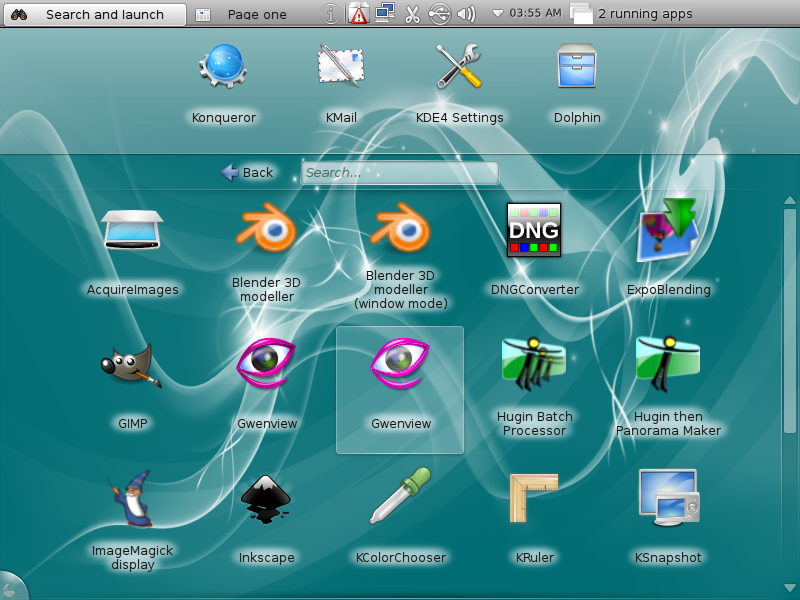
To say it really only existed as we know it now from the 1990s onwards, online gaming has come a very long way from its simple roots. The technology we take for granted today would have seen astronomical in terms of the simplicity employed by developers back then, and we are still seeing massive improvement year on year. The software used in online gaming looks set to continue to boom with the consumer usage of virtual reality and augmented reality in gaming. But what evolutions have we seen so far?
Moving on from the short-sightedness of both the Seganet and Dreamarena that were launched for the Dreamcast in 1999 – the platforms were only available through dial-up – Microsoft launched the Xbox Live in 2002, as part of its commitment to online gaming which began to kick off properly. The launch of the peer-to-peer multiplayer mode was a huge watershed moment for gaming. Rather than being a purely solitary pursuit, gaming could be something you did both cooperatively with friends and competitively against other players. Sony followed with PlayStation 2 Online in 2001/2, which focused on 3rd party servers as opposed to ones controlled by the network. The PlayStation Network launched in 2006, and boasted over 110 million users by 2013. The worldwide expansion of this allowed distant communities to interact and bond over a shared passion. It didn’t matter that they were speaking different languages, or at different times of the day.

The Steam platform by Valve Corporation also reconfigured the digital gaming sphere. Estimated in 2013 to command 75% of the market share, there is no doubt now that Steam is the biggest and most influential digital distribution platform. Indeed, in 2015 Steam claimed profits of $3.5 million in the downloading and distributing of games, and totalled 15% of all PC game sales. The software allows users to share gaming content and while also acting as a social network, surpassing other media that neglects the double-sided coin that both facets entail.
Online gaming software looks to develop alongside the way we harness other technology. So the growing rate of Instagram, Snapchat, and Facebook ‘stories’ reflects the growing desire to share what we are doing. This may inspire those who wouldn’t normally share their gaming lives to do this. This is especially prevalent in mobile gaming. iOS and Android are just the latest additions to how online gaming software is rolled out.
Enhancements in online gaming software are often trickled down through platforms and from commercially viable to the consumer’s front room. Most are brought about based on satisfying the needs of not the contented gamers who continue to play, but the early adopters who are already looking for the next big thing. It is crucial in an industry for there to be such a technological desire for greater operating systems in order to keep the cycle of growth continual.







